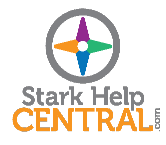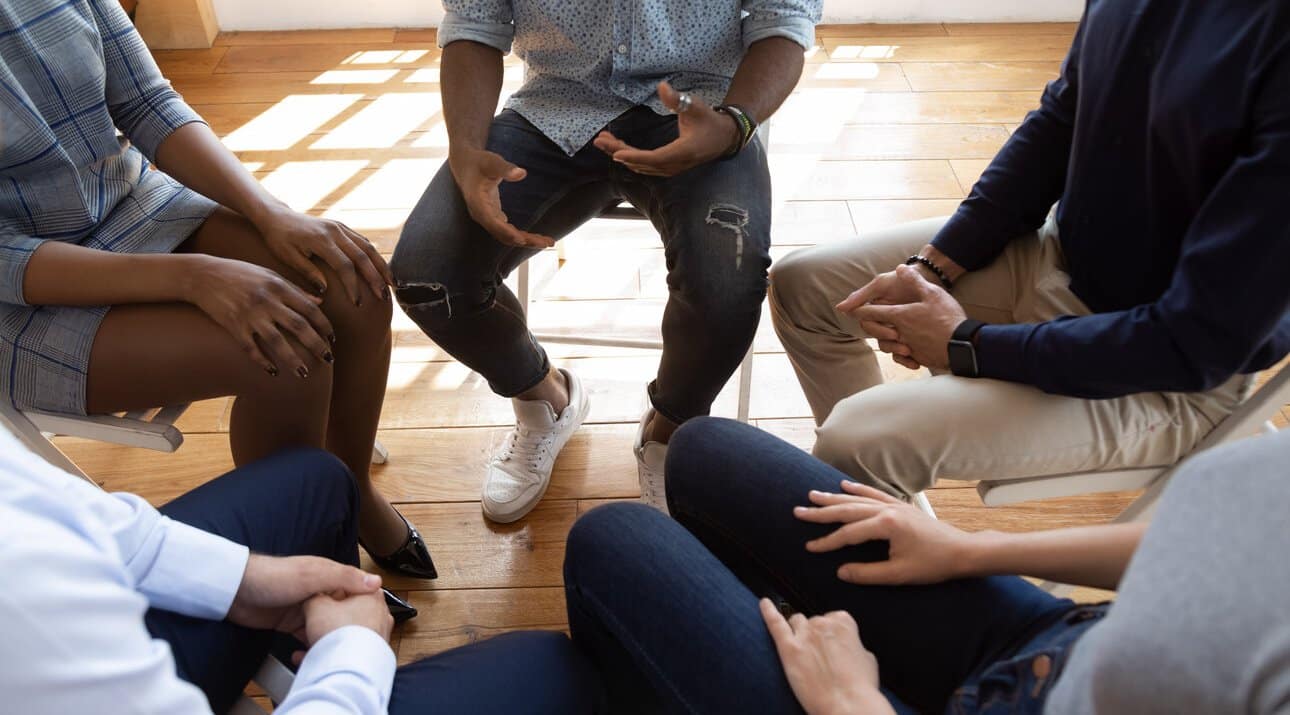As the opioid crisis in Northeast Ohio continued to grow, the Stark County Opiate & Addiction Task Force was created in 2011 to help educate the community and provide necessary resources on opioids. In 2014, Project DAWN (Deaths Avoided With Naloxone) was created by the Ohio Health Department to bring together educational and naloxone distribution programs during the opioid epidemic. In order to prevent opioid overdose and to further harm reduction strategies, these organizations provide free overdose kits for anyone in Ohio who wants one.
Even though you might not know anyone abusing opioids—the most well-known being fentanyl, a synthetic opioid—it could potentially happen to anyone at any time. If someone is given pain medication after an event like a car accident or dental surgery, there is a chance they will become addicted. A teen might try a drug at a party and get hooked. Or, someone could use hard drugs like heroin and cocaine that is unsuspectingly laced with fentanyl. For those who were making progress on their recovery, the coronavirus pandemic might have negatively affected their journey, as they were isolated and anxious for months on end.
Unfortunately, due to the escalation of opioid use in Ohio in the past decade, a naloxone kit could become similar to CPR—the majority of the public will know how to use it. Find out how you can get an overdose kit and the simple training to use naloxone in a crisis.
If you or someone you know is in an emergency situation, call 911. If you’re in crisis, call the Crisis Hotline at (330) 452-6000 or text “4hope” to the Crisis Text Line at 741741 to get confidential support from trained counselors.
Where Do I Get A Free Opioid Overdose Kit?
Organizations throughout Stark County offer free opioid overdose kits to anyone interested in one. When you pick one up, the organization will most likely offer a short training on how to use it. (Pharmacies may also offer overdose kits, but the cost could range from $45 to $150.)
It’s a good idea to have one just in case you run into a situation in which you would need an overdose kit. Due to the prevalence of opioids, it is easier than you think to come across someone who has overdosed. Be prepared to save a life.
Naloxone will expire in about two and a half years, so check the expiration date on your box. If your kit is expired, you can still use it—it just won’t be as effective. Be sure to get a new kit as needed.
How Does Naloxone Work?
Opioid overdose kits are not difficult to use. The first thing to know is that naloxone—also known under the brand names Narcan and Evzio—will not affect someone who hasn’t overdosed. When someone has overdosed, and naloxone is administered, the nasal spray is quickly absorbed into the blood stream and travels to the brain. Once there, it knocks off the opioids attached to opioid receptors. The naloxone takes their place so the person can start breathing again. If someone has not overdosed on opioids, the naloxone may attach to the receptors, but it will not create any negative effects.
Naloxone can attach to opioid receptors for 20 to 90 minutes. Once it wears off, it’s possible the person could overdose again if there are enough opioids in their brain. That’s why it’s so important to stay until EMS arrive. If they are not yet there, and the person has overdose again, you can give them a second dose of naloxone—there are two doses in each kit.
How Do You Use An Opioid Overdose Kit?
After you receive an overdose kit, you should frequently take a look at the instructions so they are fresh in your mind in case of an emergency. When you encounter someone who you think has overdosed, first shake them and rub their sternum to see if they wake up. If they’re unresponsive, call 911 and give two rescue breaths. (Some overdose kits come with face shields to use during CPR.)
To prepare to administer naloxone, tilt the person’s head back if they’re not laying down. Place the nozzle of the nasal spray into their nose and give them one dose (or one pump) of naloxone. Wait a few minutes before administering a second dose if needed. You can also continue giving rescue breaths every one to five minutes.
If a person is not awake but has resumed breathing (at about 8-10 normal breaths per minute), roll them on to their side in a recovery position. Wait until the paramedics arrive, then show them your kit and tell them how many doses you gave the person.
Many people believe that when those who have overdosed are brought back to consciousness, they are combative and angry. This fear can prevent people from administering naloxone. Yet it’s important to know that this reaction happened mostly when paramedics administered naloxone via an IV. The return to consciousness was so abrupt that people would be confused and possibly combative. Thankfully, this reaction doesn’t tend to happen with the nasal spray.
For more details on using naloxone, be sure to go through the short training process when you’re given a free opioid overdose kit.
Empathy: The Missing Piece of Overdose Kits
If you’re nervous about carrying around an overdose kit and potentially using it, think about the life you could save. Not only would you be helping that person, but you would also help their family and friends. Remember: there is an incredibly low chance that naloxone will harm someone. Exceptions include someone who is allergic to an ingredient or possibly pregnant women.
The biggest hurdle for using an overdose kit is likely a lack of empathy and understanding. Sometimes people feel the availability of overdose kits enables people to continue using opioids. What they fail to realize though is that anyone at any time can become addicted to them. Let’s go back to the example of someone getting hurt; they’re given pain medication, and that in turn hijacks the brain.
“Unfortunately, the disease in the brain is very powerful. Distributing Narcan kits is a harm reduction strategy to keep people alive,” says Julie Priebe, an Opiate Task Force coalition member. “If you struggle with compassion for someone using drugs, think about telling their parents that their child is gone.”
When someone becomes addicted to opioids, it takes great effort for them to stop using them. Julie elaborates: “Even if someone is in recovery, the relapse rate is similar to other chronic diseases. The journey is not linear, so we shouldn’t punish people who relapse, similar to how we don’t punish those who are recovering from hypertension. It takes a lot of work for someone to stop using opioids and other drugs. Without naloxone, they wouldn’t be here.”
After you get an overdose kit, the simplest thing you can do is check in on your friends and family. Ask how they’re doing or see if they need help or encouragement. If you notice a change in the way they communicate or act, be supportive and ask what is going on in their life. Like we mentioned before, you never know who could start using opioids, pain medications and other drugs in ways they’re not supposed to. By being a good friend, hopefully they will confide in you when they’re struggling, and you can guide them to the professional help they need.
If you are looking for more information about prescription opioids, along with local resources and organizations, visit StarkHelpCentral.com. Or, become an advocate and join a local coalition today.



